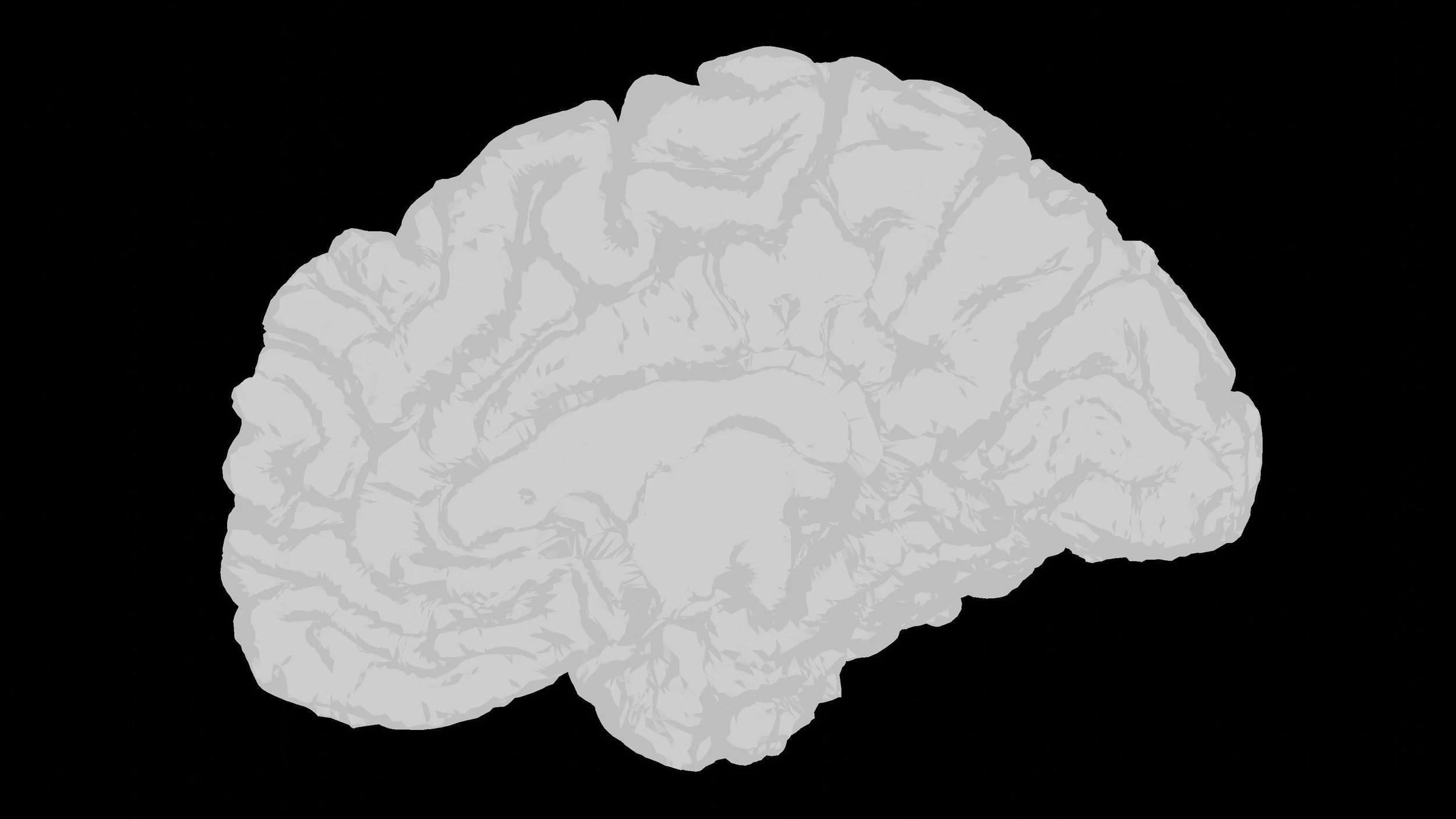DIY Therapy: A Trigger Diary
I’ve loved diaries since childhood and one of the reasons that inspired me to create CHNNL 33. That love naturally followed me into adulthood, evolving from pen and paper to keys and a screen. A diary is a private sanctuary for dreams, regrets, fantasies, weird thoughts, unfiltered feelings, and more. It never speaks, but also never judges. As a kid, I kept many diaries, not realizing how valuable it would be in my adulthood, like when I kept a trigger diary.
Author’s Note: A trigger diary is a complementary self-therapy tool, never a substitute for professional treatment.
A trigger is anything (a memory, a sound, an image, or a situation) that induces a strong emotional or physical reaction that is often linked to past experiences or trauma. This could be something simple and joyful as hearing a song from an artist you once saw live, triggering goosebumps, or as complex and irrational as your husband or wife not answering your phone calls, triggering feelings of abandonment from childhood.
I used my trigger diary primarily for the latter, and the more consistently I wrote, the less I was triggered because of the awareness I gained through the process. I followed a simple format that helped me process my triggers in a healthy, productive way: identify, analyze, and heal.
Identify
Identifying the trigger is the first step that shifts control from the situation to yourself. I did this by clearly describing the event that set the trigger off in the first place. Here is an example from my trigger diary entry a few years ago when my husband and I were engaged:
By stating the situation plainly and connecting it to specific emotions I felt, I allowed the trigger to exist without giving it full control. I tend to react emotionally before gathering all the facts (though I’ve improved over time), so describing the trigger in a straightforward, neutral tone (without emotionally-charged details) helped me view the situation with more clarity.
Analyze
Analyzing the trigger is the second step that requires self-awareness, emotional discipline, and critical thinking to understand why the trigger exists. This can be challenging because it means confronting uncomfortable emotions and memories at the root of the trigger.
I linked this trigger to my abandonment trauma, formed by past experiences of being left behind by my parents or feeling ignored by past romantic partners. I don’t go into detail here because the experiences span many moments over the years. Instead, I analyzed the trigger through a logical approach, explaining why it evoked these feelings.
Taking a logical approach gave me space to think about the trigger rather than immediately feel it. This doesn’t mean I avoid the emotions. It means I first talk myself from the edge before letting them in, since reacting too soon often comes with impulsive, regrettable behavior.
Heal
Photo by Dingzeyu Li on Unsplash
Healing the trigger is the third step that involves reframing it in a positive light. I did this by giving myself an affirmation like, “I am secure,” followed by something I’m grateful for that emerged from the triggering event. I imagined speaking to my inner child or my former wounded self, reassuring them that everything will be okay.
Healing is a constant and conscious process—it takes time, discipline, effort, and love. It’s messy and uncomfortable, but it’s also comforting and deeply satisfying when something that once caused you pain no longer has any power over you.







